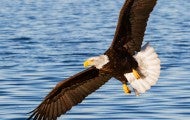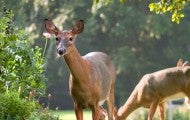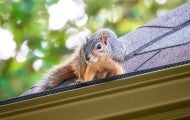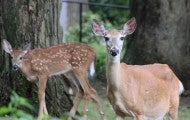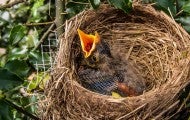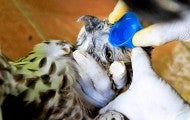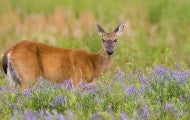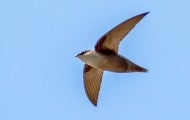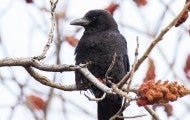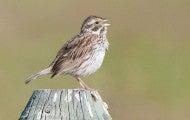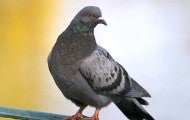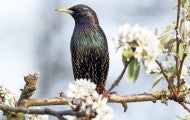Every day, more and more wildlife habitat is lost to the spread of development. Give a little back by building your own humane backyard! It doesn't matter whether you have a small apartment balcony, a townhouse with a sliver of ground, a suburban yard, a sprawling corporate property or a community...
For seven years, Kali Pereira of the Humane Society of the United States crept up on deer in the steep, tight, wooded neighborhoods of Hastings-on-Hudson, north of New York City. In and around the small yards of the densely populated village. Watching for dogs—some leashed, others running loose in...
There are many different kinds of sparrows in North America. But, the house sparrow—the little brown bird we see hopping boldly on city streets—is the most widespread and most often in conflict with people. In fact, house sparrows are one of the most widespread animals on this planet. Likely this is...
European starlings are widespread across North America. They eat a wide variety of foods and are willing to use a wide variety of places to nest and roost. This flexible nature helps them thrive in cities and suburbs as well as on farms. They are one of only a few birds who live in otherwise barren...
